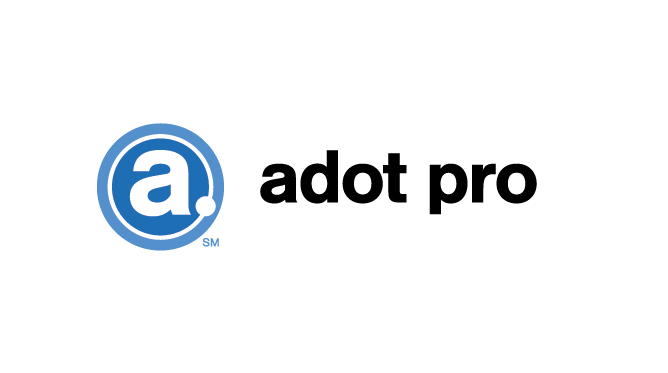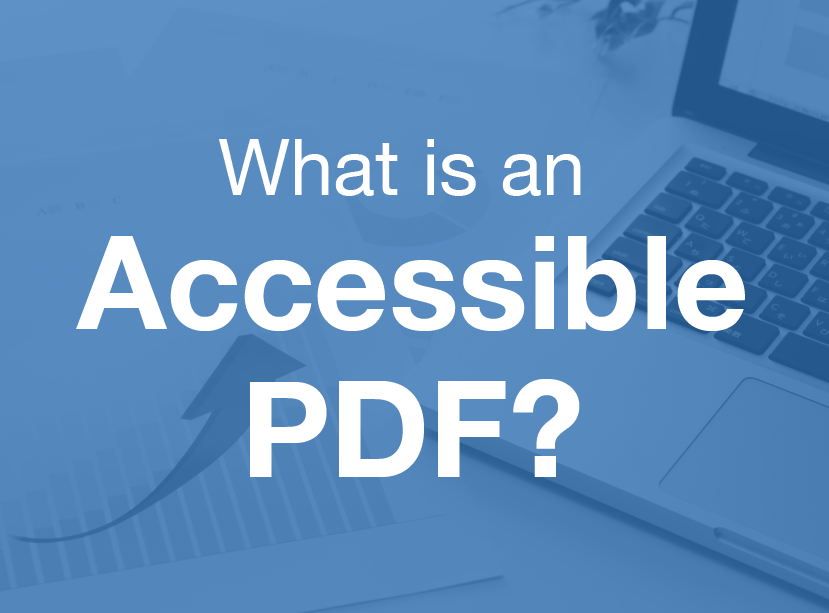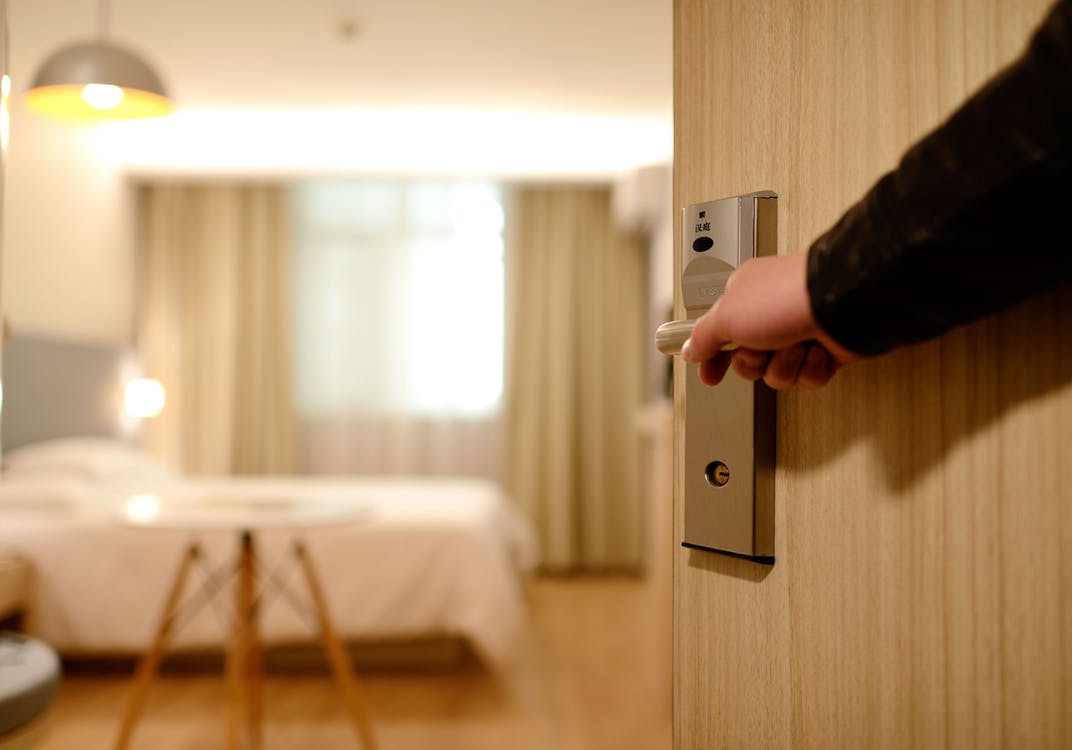Litigation Review: Gorecki vs. Dave & Buster’s
- September 11, 2018
- / Adot Labs
- / learningcenter

One in five people in the United States has a disability. But having a disability doesn’t mean that a person doesn’t participate in the daily activities that have become an integral part of modern living, such as using the internet, paying bills, or going shopping.
Sean Gorecki, a permanently blind individual, is someone who uses the web. He uses an assistive technology (AT) called a screen reader to navigate websites. Screen reader’s will, as the name implies, read the information present on a screen to users with visual impairments, so long as the data is coded to work with the software.
In 2016, Mr. Gorecki visited the website of entertainment chain-restaurant Dave & Buster’s, where he found that many of the site’s features were not compatible with his AT. The incompatible elements included the website’s homepage, slideshow, menu, and directions functions, as well as other features such as the lack of alternative (Alt) text, missing and improperly labeled graphics, and inaccessible PDFs. These obstacles all led Gorecki to file a lawsuit against Dave & Buster’s, Inc. (D&B) under Title III of the Americans with Disabilities Act (ADA).
D&B filed a motion arguing that Gorecki’s lawsuit be dismissed because their website was, in fact, in compliance with the ADA, because it directed screen reader users to an “accessibility banner” that had the statement “If You Are Using A Screen Reader And Are Having Problems Using This Website, Please Call (888) 300-1515 For Assistance.” D&B also noted that the phone number was staffed by a receptionist who could provide assistance, and if users with visual impairments had questions, they also had the option to call their local Dave & Buster’s for additional information.
In October 2017, Judge Philip Gutierrez of California’s Central District dismissed Dave & Buster’s motion expressing that the defendants were unable to conclusively prove that the banner text for the hotline number was able to be read by the plaintiff’s screen reader technology. The court cited a 2010 Department of Justice (DOJ) statement in the Advanced Notice of Proposed Rulemaking that said, “covered entities with inaccessible websites may comply with the ADA’s requirement for access by providing an accessible alternative, such as a staffed telephone line, for individuals to access the information, goods, and services of their website.” The judge stated that it wasn’t definitive that D&B had met those requirements.
This decision by the California court was a turning point on legal issues regarding web access, as it was the first time that the US federal justice system acknowledged the DOJ’s suggestion that telephone access could potentially be an alternative to website accessibility.
The primary issue that the court had, in this case, was the “accessibility banner” wasn’t proven to be accessible to Mr. Gorecki’s screen reader technology.
For additional information on using a telephone number as an accessible alternative, read our article entitled ADA Web Compliance: Is a Phone Number Enough?
Note: This posting is intended for informational purposes only and does not constitute legal advice.
Sources:
Seyfarth & Shaw LLP, https://adatitleiii.lexblogplatform.com/wp-content/uploads/sites/121/2017/10/Goecki-Dave-and-Busters-Order-Denying-MSJ.pdf
Seyfarth Shaw LLP, DOJ Shifts Position on Web Access, https://www.adatitleiii.com/2015/06/doj-shifts-position-on-web-access-stating-in-court-filings-that-public-accommodations-have-a-pre-existing-obligation-to-make-websites-accessible/
United States Department of Justice, https://www.ada.gov/, https://www.justice.gov/crt/settlements-and-lawsuits
 ADA Lawsuits Target Non-Compliant Websites (2:45)
ADA Lawsuits Target Non-Compliant Websites (2:45)
 Winn Dixie Loses ADA Website Lawsuit (3:33)
Winn Dixie Loses ADA Website Lawsuit (3:33)
 How Does it Work?
How Does it Work?
 Adot Labs Introduces Adot Pro as an Affordable and Quick Solution for Web Accessibility
Adot Labs Introduces Adot Pro as an Affordable and Quick Solution for Web Accessibility
 What is an Accessible PDF?
What is an Accessible PDF?
 Adot Pro is featured at the 2017 FRLA Conference in Orlando
Adot Pro is featured at the 2017 FRLA Conference in Orlando
 Adot Labs Partners with the Florida Restaurant and Lodging Association
Adot Labs Partners with the Florida Restaurant and Lodging Association
 Content Developers: You're Forgetting a Key Audience that Matters
Content Developers: You're Forgetting a Key Audience that Matters
 What is Web Accessibility?
What is Web Accessibility?
 Why Your Business Needs an Accessibility Plan
Why Your Business Needs an Accessibility Plan